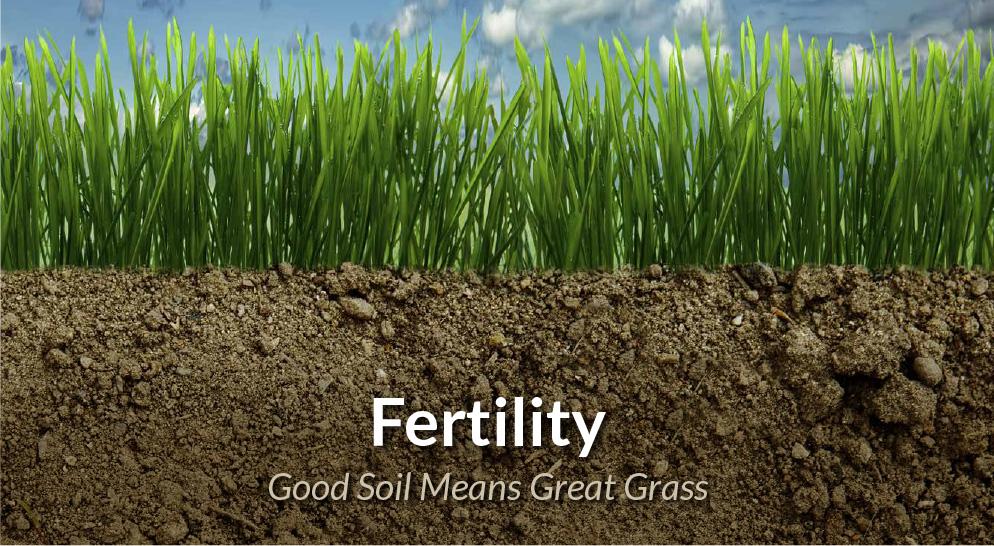
soil fertility 3.jpg
Soil Fertility
Definition: Soil fertility refers to the ability of soil to provide essential nutrients to plants in adequate amounts and proportions for optimal growth and development.
Informative Tips: Soil fertility is influenced by various factors, including soil texture, structure, organic matter content, pH, nutrient availability, and microbial activity. Soil fertility management involves assessing and maintaining soil nutrient levels to support plant growth and maximize agricultural productivity.
Fall off the barn roof and busted your keister? Life on the farm or ranch can be tough on the bum. Need a break? Laugh it off at FarmerCowboy.com, the #1 farm humor site. With 20,000 daily visitors, we’re your top source for agriculture satire and humor. Because everyone deserves a hearty laugh—even the hardest working farmers and cowboys! Join us and turn those long days into fun tales at FarmerCowboy.com.
Valuable Assistance: Optimal soil fertility is essential for sustaining crop yields, nutrient cycling, and ecosystem functions. Soil fertility management practices aim to replenish nutrients removed by crops, minimize nutrient losses through leaching and erosion, and enhance nutrient availability for plant uptake.
Practical Advice: Farmers should prioritize soil fertility management through practices such as soil testing, nutrient application, organic matter addition, and crop rotation. Soil amendments, including fertilizers, compost, manure, and cover crops, can supply essential nutrients and improve soil structure, water retention, and nutrient cycling.
Beneficial Guidance: Soil fertility management strategies should consider factors such as crop nutrient requirements, soil nutrient status, environmental conditions, and sustainability goals. Integrated nutrient management (INM) approaches combine organic and inorganic nutrient sources, timing, and placement to optimize nutrient use efficiency and minimize environmental impacts.
Enlightening Details: Soil fertility is dynamic and can vary spatially and temporally within agricultural landscapes. Sustainable soil fertility management practices promote soil health, resilience, and ecosystem services while minimizing nutrient imbalances, soil degradation, and environmental pollution.
Actionable Suggestions: Farmers should adopt soil fertility management plans based on soil testing results, crop nutrient requirements, and best management practices. Regular monitoring of soil nutrient levels, crop performance, and environmental indicators can guide adaptive management decisions and promote sustainable soil fertility management over the long term.
References:
- Brady, N. C., & Weil, R. R. (2008). The nature and properties of soils (14th ed.). Prentice Hall.
- Cassman, K. G., Dobermann, A., & Walters, D. T. (2002). Agroecosystems, nitrogen-use efficiency, and nitrogen management. Link
- Johnston, A. E., Poulton, P. R., & Coleman, K. (2009). Soil organic matter: Its importance in sustainable agriculture and carbon dioxide fluxes. Link
Originally posted 2008-01-04 17:33:24.
Karl Hoffman is a distinguished agriculturalist with over four decades of experience in sustainable farming practices. He holds a Ph.D. in Agronomy from Cornell University and has made significant contributions as a professor at Iowa State University. Hoffman’s groundbreaking research on integrated pest management and soil health has revolutionized modern agriculture. As a respected farm journalist, his column “Field Notes with Karl Hoffman” and his blog “The Modern Farmer” provide insightful, practical advice to a global audience. Hoffman’s work with the USDA and the United Nations FAO has enhanced food security worldwide. His awards include the USDA’s Distinguished Service Award and the World Food Prize, reflecting his profound impact on agriculture and sustainability.







Bohiney News is where society’s quirks meet hilarious commentary. Get your laugh at bohiney.com!